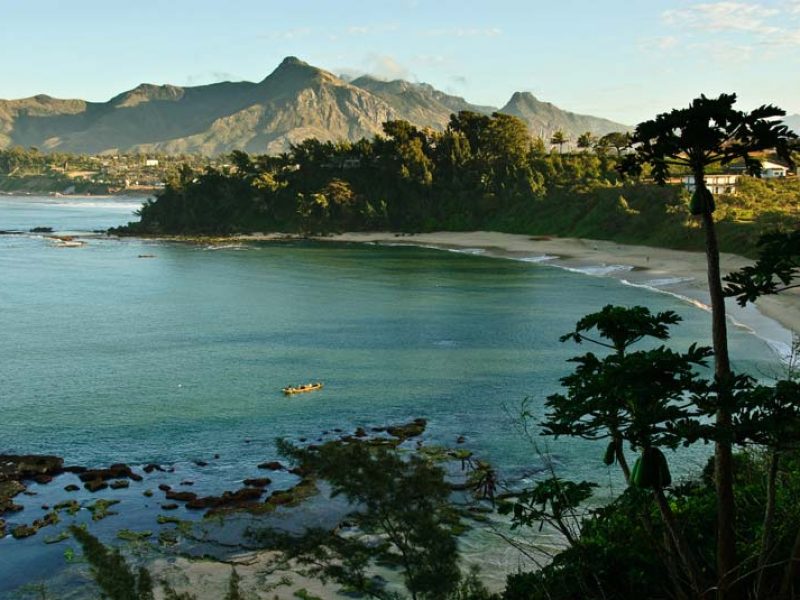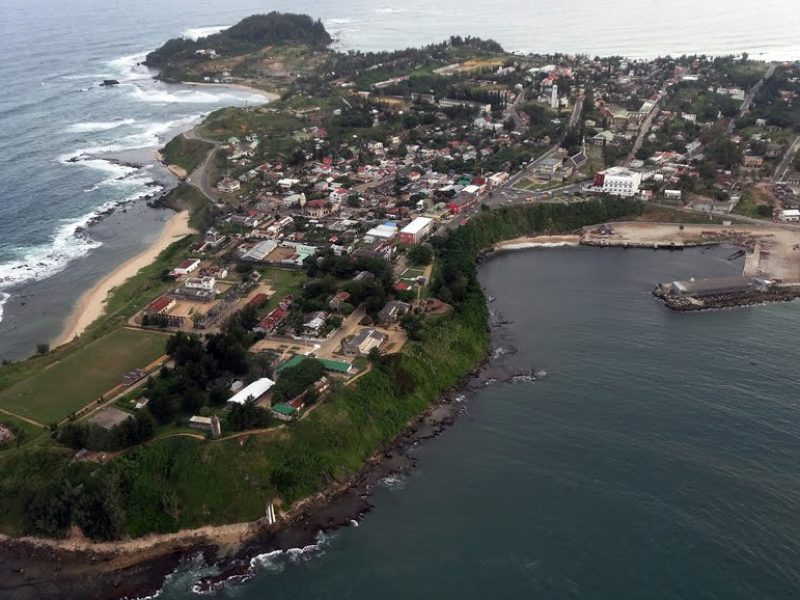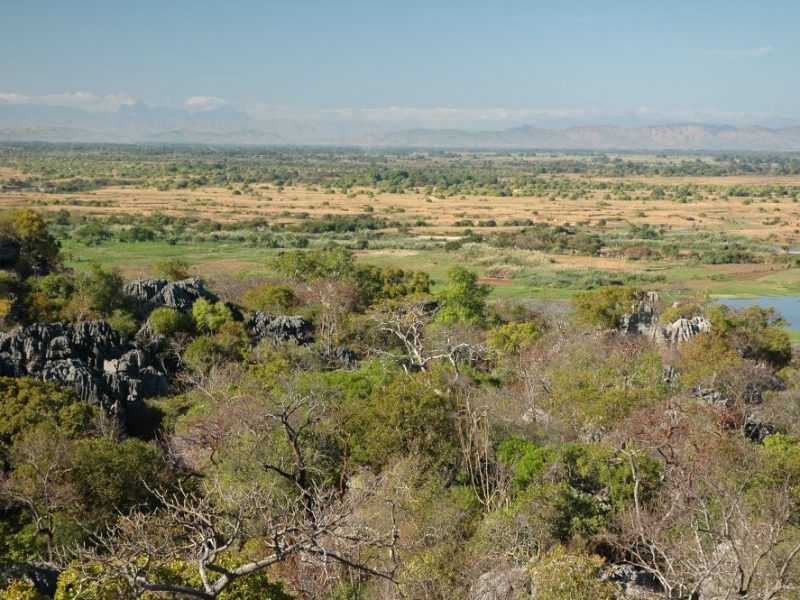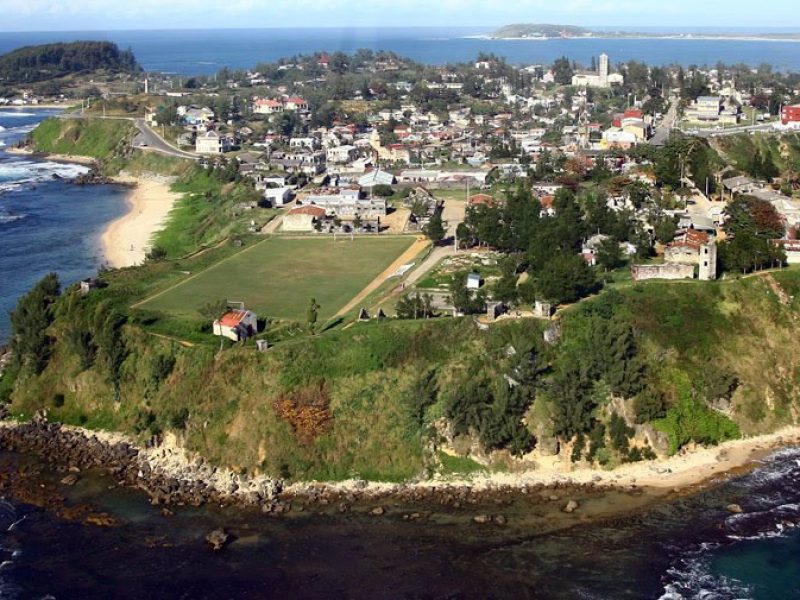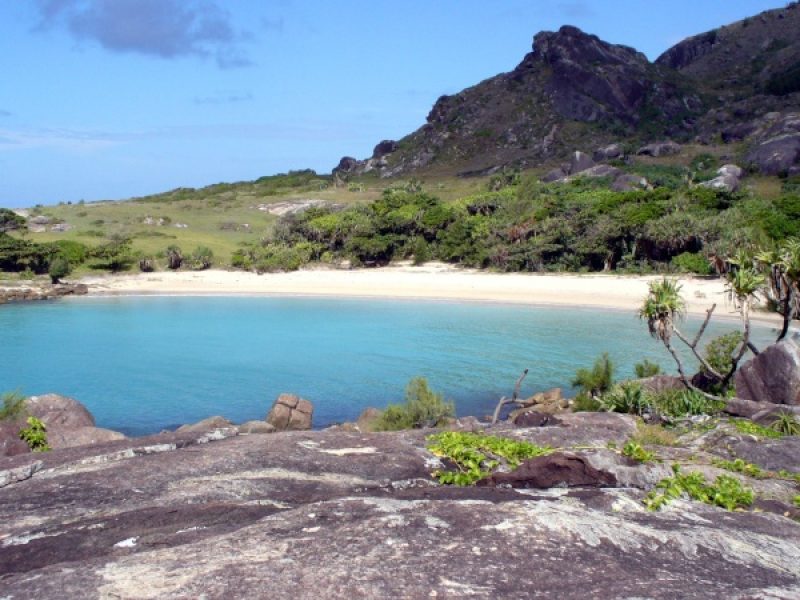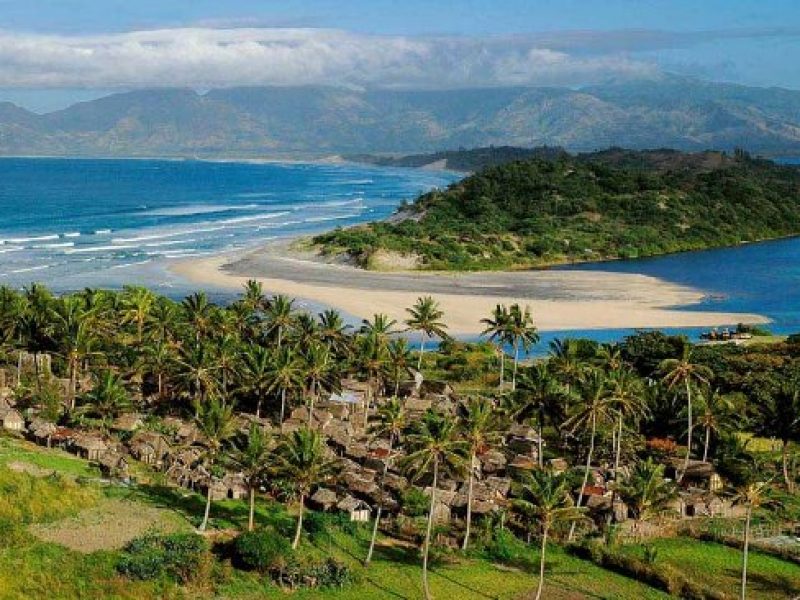Fort Dauphin is an area that is bounded on one side by dense vegetation and other, by the Indian Ocean. Among the sites not to be missed by nature lovers, there is the peak Saint Louis. A trekking tour allows access and throughout the journey, we will meet many unique plant species in Madagascar. Among those, there are many varieties of orchids as well as ravenalas, a typical vegetation of southern areas of the Big Island. Some representations of this rich vegetation are present at the botanical garden Saïadi, in addition to several animal species also endemic such as lemurs and sifakas. Once at the top of the peak, eyes will land on other secondary sites Dauphine cove, false Bay of Galleons or the cap Ranavalona. The city also has three nature reserves whose visit is preferred activities during a visit to Fort Dauphin. Reserve Berenty to discover two great best sights : a nature reserve that includes several species of Nepenthes carnivorous plants and a forest, where predominates multiple species of thorny plants. The area is also known for its vast sisal plantations. The whole site vegetation represents a choice of environment for many wildlife species. Lemurs are present in large numbers and will not hesitate to go to the meeting of visitors who come to the site. Other species including snakes and crocodiles are also to discover during a visit of this natural site. Nahampoana The reserve is one of three best sights of Fort-Dauphin region. It is located just 7 km from the big city and is characterized by its natural lagoons that allow unprecedented swims. The site also houses a bamboo forest in which settle easily crocodiles, lemurs and turtles. AT 40 km from the main town is the park Andohalela, a haven for many plant and wildlife species, most of which are endemic. The site hosts a particular species of lizard called Iguanidaes, present only in the Big Island and Latin America. The famous lemur red collar are also taken up residence as well as several species of the same family. Regarding its floral wealth, the numerous endemic plants including palm park triad called Vanilla Madagascarinsis.






